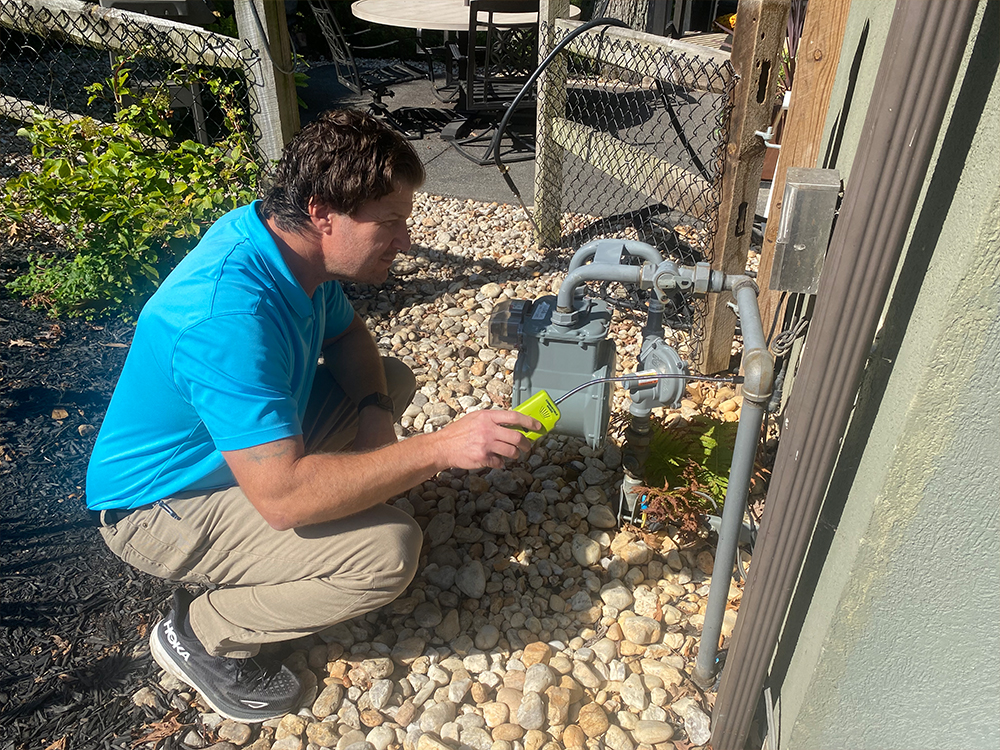
Common Sources of Air Quality Problems
Poor indoor air can arise from many sources. At least some of the following contaminants can be found in almost any home:
- Moisture and biological pollutants such as molds, mildew, dust mites, animal dander and cockroaches from high humidity levels, inadequate ventilation, and poorly maintained humidifiers and air conditioners.
- Combustion products, including carbon monoxide, from unvented fossil fuel space heaters, unvented gas stoves and ovens, and backdrafting from furnaces and water heaters.
- Formaldehyde from durable press draperies and other textiles, particle board products such as cabinets and furniture framing, and adhesives.
- Radon, a radioactive gas from soil and rock beneath and around the home’s foundation, groundwater wells and some building materials.
- Household products and furnishings such as paints, solvents, air fresheners, hobby supplies, dry-cleaned clothing, aerosol sprays, adhesives, and fabric additives used in carpeting and furniture which can release volatile organic compounds.
- Asbestos found in most homes more than 20 years old. Sources include deteriorating, damaged or disturbed pipe insulation, fire retardant, acoustical material and floor tiles.
- Lead from lead-based paint dust created when removing paint by sanding, scraping or burning.
- Particulates from dust and pollen, fireplaces, wood stoves, kerosene heaters and unvented gas space heaters.
- Tobacco smoke, which produces particulates, combustion products and formaldehyde.
Quick Facts…
- Indoor air quality can often be overlooked in homes.
- Problems can arise from moisture, insects, pets, appliances, radon, materials used in household products and furnishings, smoke and other sources.
- Remedies include ventilation, cleaning, moisture control, inspections, and following manufacturers’ directions when using appliances and products.
Research has shown that the quality of indoor air can be worse than that of outdoor air. Many homes are built or remodeled more tightly, without regard to the factors that assure fresh and healthy indoor air. Our homes today contain many furnishings, appliances and products that can affect indoor air quality.
Signs of indoor air quality problems include:
Unusual and noticeable odors.
- Stale or stuffy air.
- Noticeable lack of air movement.
- Dirty or faulty central heating or air conditioning equipment.
- Damaged flue pipes or chimneys.
- Unvented combustion air sources for fossil fuel appliances.
- Excessive humidity.
- Presence of molds and mildew.
- Health reaction after remodeling, weatherizing, using new furniture, using household and hobby products, or moving into a new home.
- Feeling noticeably healthier outside.
If you would like an inspection to see what condition your air is inside your home, contact me at 412-367-0707 or email me at [email protected]
continue reading





